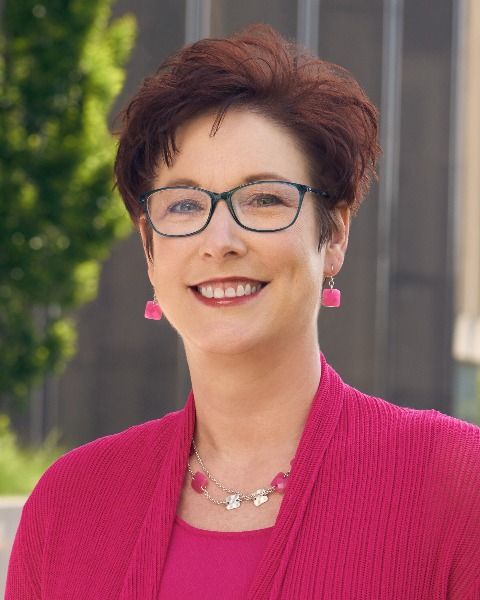Back

Housing Affordability, Availability, and Accessibility
Transforming Brownfield Sites into Community-Driven Assets
Tuesday, April 4, 2023
10:15 AM – 11:00 AM CDT
Location: 115B
CM | .75
Sponsored By AARP

Division Endorsement: Small Town and Rural Planning Division

Cynthia A. Bowen, FAICP (she/her/hers)
Principal / Director of Planning
Rundell Ernstberger Associates
Indianapolis, IN- CB
Chris Brewer (he/him/his)
Chicago, Illinois
Moderator and Speaker(s)
Speaker(s)
The redevelopment of legacy sites offers great potential to stitch underused or abandoned industrial and commercial properties back into the fabric of a neighborhood.
Presenters discuss two case studies that were recently planned, with first phases under construction. One of these creative brownfield restorations includes a Justice Center campus with new offices, mental health facilities, and an entire village center to stimulate investment and job creation. The project addressed neighborhood infill; housing affordability, choice, and enhancements; and policies to protect against gentrification. The second project redevelops two adjacent indoor mall sites to form walkable, mixed-use neighborhoods in a community that could not expand its jurisdictional borders to add new housing. The community had no other land on which to add housing. This project opened the opportunity to build new housing types at varying price points, from workforce to executive housing, in differing neighborhood styles. Presenters discuss how they leveraged market dynamics, funding, and community leadership.
NPC Peer Reviewers assigned this presentation a learning level of Foundational. For more on learning-level descriptions, visit our General Information Page.
Presenters discuss two case studies that were recently planned, with first phases under construction. One of these creative brownfield restorations includes a Justice Center campus with new offices, mental health facilities, and an entire village center to stimulate investment and job creation. The project addressed neighborhood infill; housing affordability, choice, and enhancements; and policies to protect against gentrification. The second project redevelops two adjacent indoor mall sites to form walkable, mixed-use neighborhoods in a community that could not expand its jurisdictional borders to add new housing. The community had no other land on which to add housing. This project opened the opportunity to build new housing types at varying price points, from workforce to executive housing, in differing neighborhood styles. Presenters discuss how they leveraged market dynamics, funding, and community leadership.
NPC Peer Reviewers assigned this presentation a learning level of Foundational. For more on learning-level descriptions, visit our General Information Page.
Learning Objectives:
- Consider how market and financial constraints can lead to creative redevelopment solutions that leverage private investment and economic development.
- Assess how transforming contaminated sites into new, mixed-use places requires interdisciplinary collaboration with long-term funding and capital.
- Capitalize on a brownfield’s existing conditions to create an authentic design that fosters a vibrant community destination.
